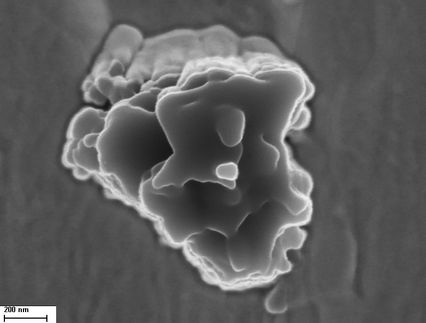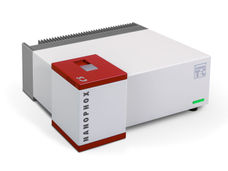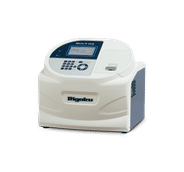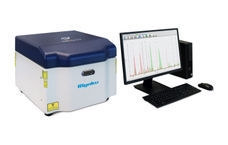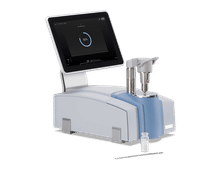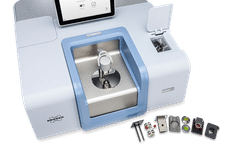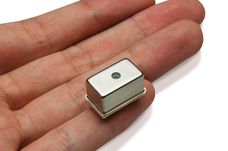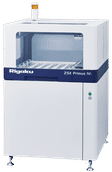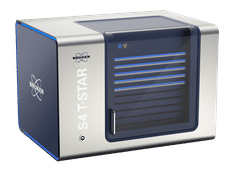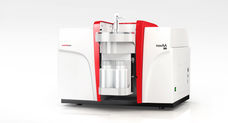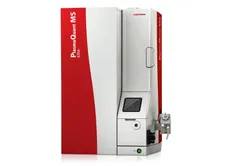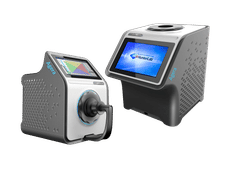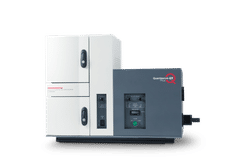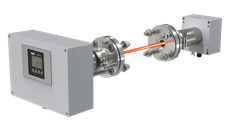Ocean Optics Spectrometers Head to Mars
Advertisement
Three Ocean Optics instruments have begun their eight month journey to Mars. Customized HR2000 spectrometers are a part of the ChemCam unit on NASA’s Mars Science Lab rover, Curiosity, launched November 26, 2011 from Cape Canaveral, Florida.
Ocean Optics supplied three modular HR2000 high-resolution miniature fiber optic spectrometers that were configured for analysis of Martian rock and soil composition using Laser Induced Breakdown Spectroscopy (LIBS). A laser mounted to the mast unit of the ChemCam instrument can fire at targets up to nine meters away, generating a series of laser pulses, the light from which is collected for the LIBS analysis.
Each ChemCam spectrometer is configured to detect elemental signatures over a different wavelength of light: 240-336 nm, 380-470 nm, and 470-850 nm. The use of the three spectrometers simplifies the design and creates redundancy, as many elements under study have spectral lines in more than one of the spectral ranges covered by the three units.
The Curiosity Rover has been described by NASA as having the most advanced scientific instrumentation ever used to study the surface of Mars. With the analysis enabled by Ocean Optics’ equipment, sample analysis is exponentially faster. On prior missions, the time required to determine composition of a single sample was two to three days; ChemCam’s output is anticipated to be one dozen compositional measurements per day.
Other news from the department science
These products might interest you
Most read news
More news from our other portals
See the theme worlds for related content
Topic World Spectroscopy
Investigation with spectroscopy gives us unique insights into the composition and structure of materials. From UV-Vis spectroscopy to infrared and Raman spectroscopy to fluorescence and atomic absorption spectroscopy, spectroscopy offers us a wide range of analytical techniques to precisely characterize substances. Immerse yourself in the fascinating world of spectroscopy!

Topic World Spectroscopy
Investigation with spectroscopy gives us unique insights into the composition and structure of materials. From UV-Vis spectroscopy to infrared and Raman spectroscopy to fluorescence and atomic absorption spectroscopy, spectroscopy offers us a wide range of analytical techniques to precisely characterize substances. Immerse yourself in the fascinating world of spectroscopy!



